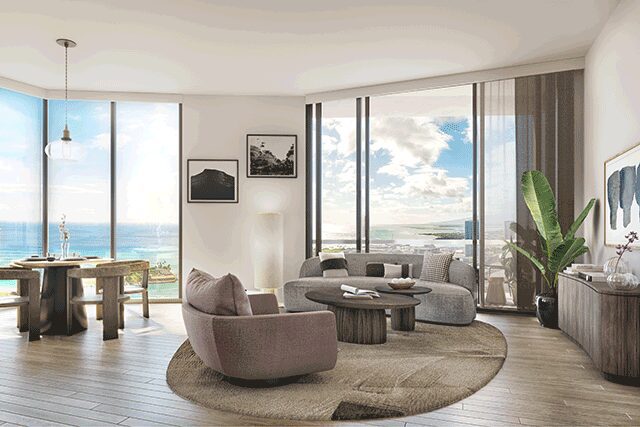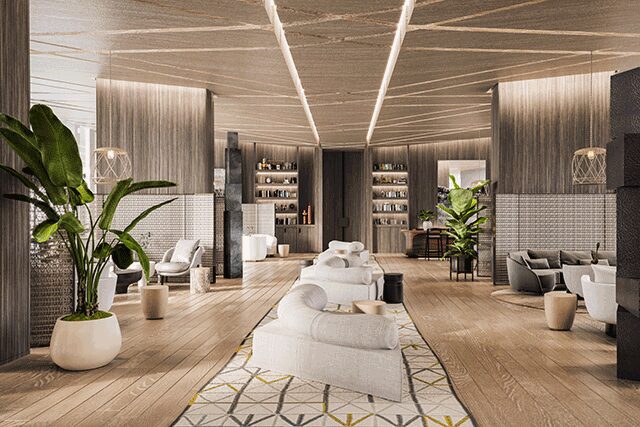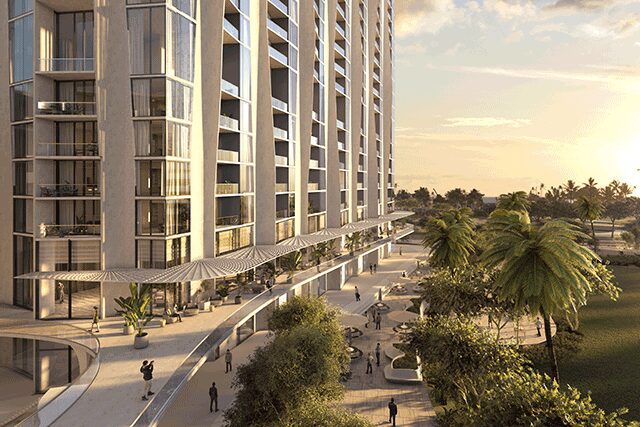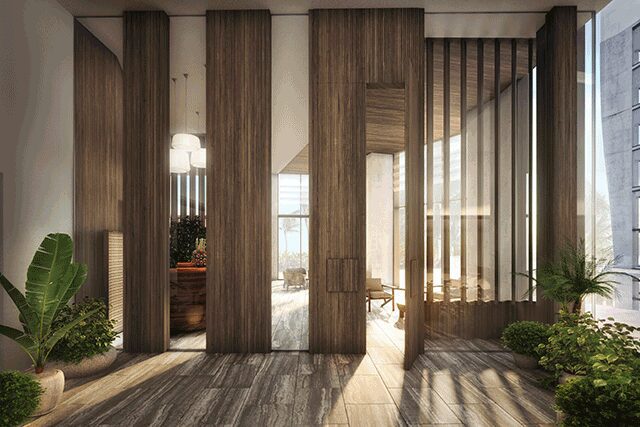As president of Howard Hughes Hospitality, a division of the Dallas-based real estate and development behemoth the Howard Hughes Corporation (HHC), Michael Slosser has nurtured his passion for hospitality by creating community-oriented hubs in urban areas. With a career spanning nearly 40 years, most recently serving as vice president and managing director at Destination Hotels & Resorts, Slosser has witnessed the evolution of the industry. Now, presiding over a portfolio that includes such massive, masterplanned communities as the Seaport District in New York, Ward Village in Honolulu, the Woodlands in Houston, Summerlin in Las Vegas, and Downtown Columbia in Maryland, Slosser is essentially developing small cities that are reimagining the future of hospitality.
Relationship Building
Slosser began working at a local Holiday Inn when he was only 13, where he soon discovered the transformative quality of hospitality. “I liked working in the hotel so much, I basically lived there for the next five years,” he says. Working in a place where people were having fun cemented his love for the industry. “I knew I wanted to make visitors to my hotels feel like they are special guests in the most welcoming living room.” Expanding on that notion, he now aims to establish “customer intimacy experiences” at HHC by working with colleagues across the country to create “incredible social spaces” designed to elicit a distinct “emotional attachment.”
People-First Approach
Since Slosser started working in hospitality in the 1980s, he has noticed considerable amounts of consolidation within the industry. Though that approach may yield large financial gains and efficiency for brands, he says it must not come at the cost of “exceptional personal customer service.” While he embraces technology and its role in making a hassle-free experience, he wants guests to leave his hotels and be so impressed by their interactions with staff that they can’t wait to return. All customers should be “treated with the utmost respect, in a way that’s not ostentatious, but real,” he says. “When both staff and guests feel inspired, the hotel becomes a desirable part of the community. ”
Community Hubs
Customers have shifted their focus from a traditional mall to a more lifestyle-oriented setting, starring shops that are integrated into an open, walkable environment and buoyed by top-notch F&B spots and cultural performances. When Slosser and his team began revitalizing New York’s Seaport District, he relocated from Texas and spent 18 months in the city, helping craft the openings and operations of the district’s various hospitality-related businesses, including a collection of new or forthcoming restaurants and bars from chefs like Jean-Georges Vongerichten, Andrew Carmellini, David Chang, and Helene Henderson. They join ESPN’s new broadcast studios, the sole U.S. outpost of Carla Sozzani’s Milan-bred concept store 10 Corso Como, and rooftop hangout Pier 17. “We have the opportunity as a company to plan, build, and nurture small cities from the ground up,” he says. “That is a big differentiator for us as we aim to create reference points in the cultural landscape of our communities—places that serve as a central gathering space where people can eat, play, live, connect, and enjoy.”
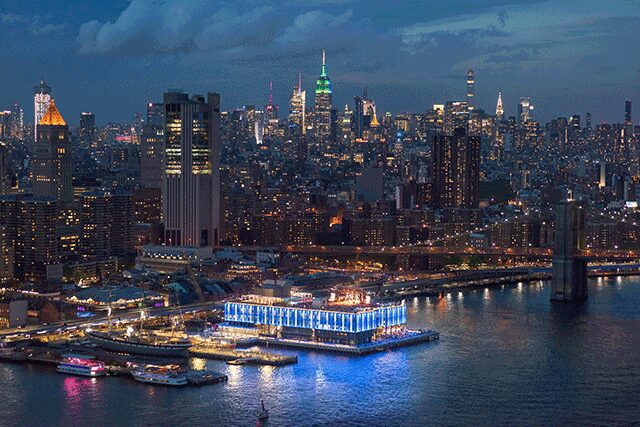
The rooftop at Pier 17 designed by Rockwell Group doubles as a local hangout and concert venue in Lower Manhattan
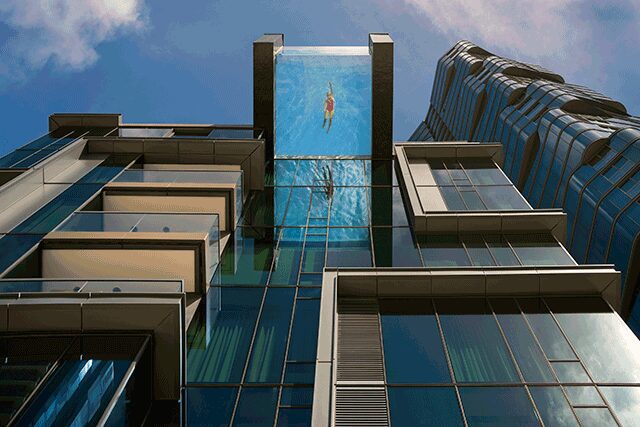
Some 75 feet above ground, a pool jettisons off of the Anaha residential
tower, designed by Solomon Cordwell Buenz in partnership with Ben Woo Architects, one part of the 60-acre Ward Village community in Honolulu
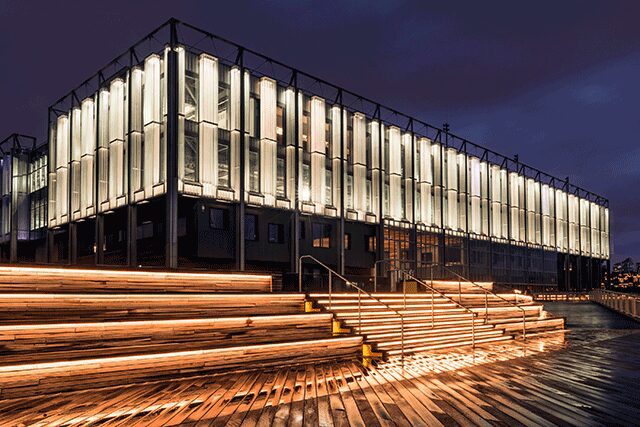
SHoP Architects reinvigorated the Seaport District, which includes ESPN’s new broadcast studios, 10 Corso Cosmo, and Pier 17
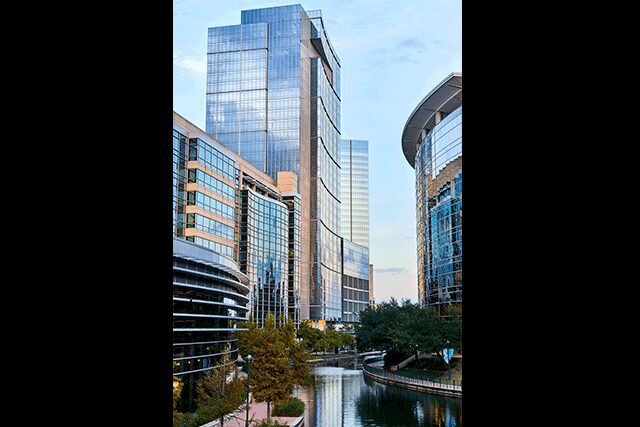
The Woodlands Waterway in Houston is a collaboration between architecture firms Sasaki, CambridgeSeven, CallisonRTKL, Frank Gehry, and Ford, Powell & Carson
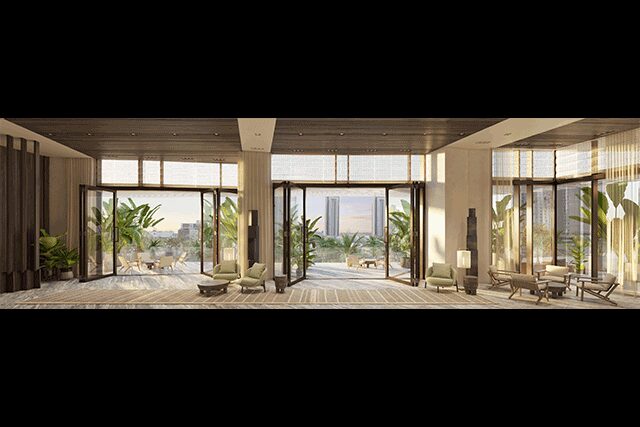
Yabu Pushelberg will helm the interiors of Kō‘ula, a 41-story mixed-use tower with 565 residences in Ward Village in Honolulu

